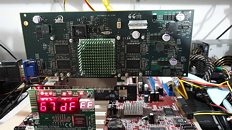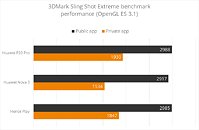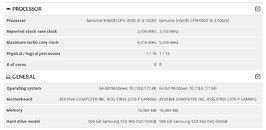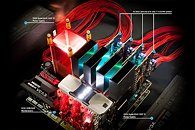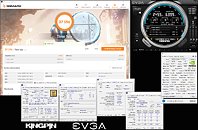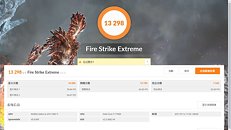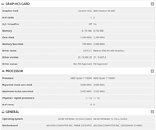UL Corporation Announces 3D Mark Port Royal Raytracing Suite is Now Available - Benchmark Mode On!
Perhaps gliding through the tech-infused CES week, UL Corporation has just announced that the much-expected Port Royal, the world's first dedicated real-time ray tracing benchmark for gamers, is now available. Port Royal uses DirectX Raytracing to enhance reflections, shadows, and other effects that are difficult to achieve with traditional rendering techniques, and enables both performance benchmarking for cutthroat competition throughout the internet (and our own TPU forums, of course), but is also an example of what to expect from ray tracing in upcoming games - ray tracing effects running in real-time at reasonable frame rates at 2560 × 1440 resolution.



